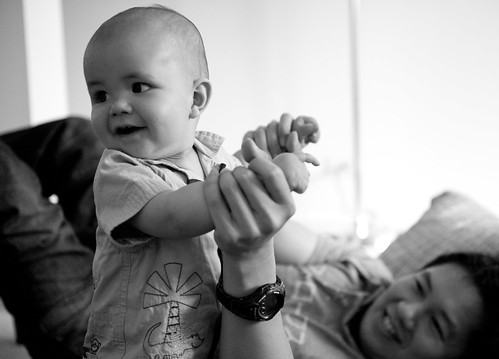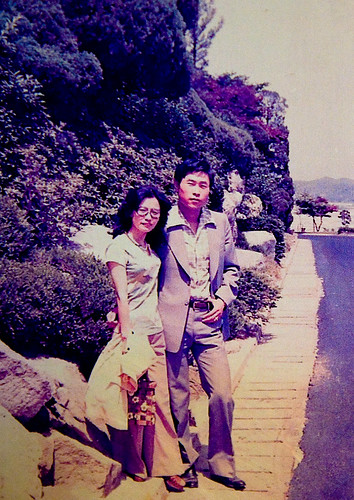iPhone 2.0
MacRumors noted that the iPhone 2.0 firmware leaked early this morning. I grabbed it and decided, even if it wasn't official, that it was probably the same as the final release given that it was the day prior to the iPhone 3G's release.
While I waited for the somewhat large download (~250MB) and during the lengthy install process, I grabbed a bunch of apps from the iTunes app store. It was like Christmas.
I'm going to play with these new apps for a while before upgrading to the iPhone 3G. As most of the early reviewers have noted, most of the upgrades this day can be had by iPhone 2G users simply through the software update. GPS and 3G certainly would make many of the apps more snappy and useful in more places--ensuring many of my apps run more quickly more places will be the primary reason I upgrade--but given how much time I spend at the office or at home right now (I can get Wi-Fi in both places), I'm able to get a feel for all these apps and hang on to my cheaper phone plan for the time being. Even though I'm in a new walking boot as of noon today, I wouldn't enjoy standing in it for hours fighting others to get one of the first batch of 3G iPhones.
The first app I paid for is one of my favorite so far: MLB.com's At Bat ($4.99). It allows you to get video highlights from MLB games, even games in progress. On Wi-Fi, the landscape full-screen video quality is very good. It's a fantasy baseball/reality baseball fan's dream come true. Finally we've realized the full potential of mobile video for MLB fans. I only wish that box scores were part of the application; it currently redirects to MLB's WAP site to see that info which seems odd.
Some applications don't seem like huge improvements over their Mobile Safari renditions, but many are huge improvements over their current mobile browser versions. Many new apps take advantage of iPhone's ability to approximate your physical location, one of the great and hitherto unrealized potential benefits of mobile phone computing. Some apps recommend restaurants and other services in the area, while others promise to notify you of where your fellow iPhone-wielding friends are. Tracking/stalking your friends will be so much easier if they're fellow iPhone users.
When you think of the range of data and functionality an app can take advantage of: your address book, your physical location at that moment, the iPhone camera, the Quicktime video player, your calendar, the Accelerometer, multi-touch, the speakers, the microphone, among others, I'm certain we haven't yet seen the mindblowing application that I know is waiting to be written. It's ironic that you can write many apps for my iPhone that you couldn't write for my Macbook Pro.
Beyond MLB.tv's At Bat, other apps I dig so far include Shazam, which, once fired up, can tell you what a song is when you let your iPhone listen to it; the award-winning Twitterific, which seems like the last Twitter client I'll ever need; Urbanspoon, the part slot machine part Magic 8-Ball app that lets you shake your iPhone to get a random restaurant suggestion nearby you, and Exposure, a Flickr photo application that has a Near Me button that shows you photos taken near your physical location.
In the course of this day, I went from one-legged to one-and-a-half legged (the damn hard cast is off, and in its place a soft boot, though I'm not yet ready to ditch the crutches), and it feels like my iPhone took a similar leap in functionality. MobileMe indeed.




